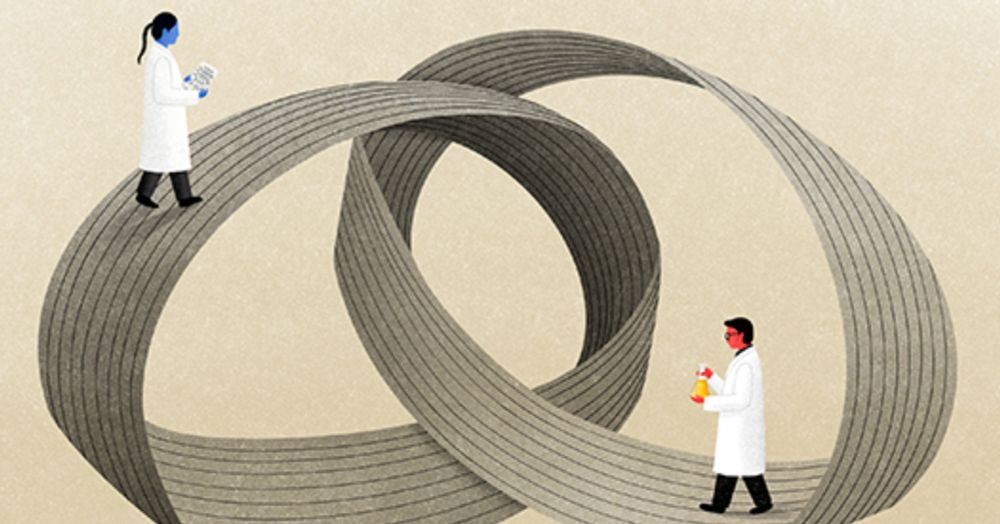Gaia Tavoni
@gaia-tavoni.bsky.social
79 followers
120 following
12 posts
physicist and theoretical neuroscientist
Posts
Media
Videos
Starter Packs
Gaia Tavoni
@gaia-tavoni.bsky.social
· Jun 20
Gaia Tavoni
@gaia-tavoni.bsky.social
· Jun 20
Gaia Tavoni
@gaia-tavoni.bsky.social
· Jun 20
Gaia Tavoni
@gaia-tavoni.bsky.social
· Jun 20
Reposted by Gaia Tavoni
Gaia Tavoni
@gaia-tavoni.bsky.social
· Apr 4
Reposted by Gaia Tavoni
Gaia Tavoni
@gaia-tavoni.bsky.social
· Mar 16
Gaia Tavoni
@gaia-tavoni.bsky.social
· Mar 16
Gaia Tavoni
@gaia-tavoni.bsky.social
· Mar 16
Gaia Tavoni
@gaia-tavoni.bsky.social
· Mar 16
Gaia Tavoni
@gaia-tavoni.bsky.social
· Mar 16

Convergence of efficient and predictive coding in multimodal sensory processing
The existence of pathways connecting different sensory modalities in the brain challenges the traditional view of sensory systems as operating independently. However, the reasons and mechanisms underl...
www.biorxiv.org
Reposted by Gaia Tavoni





